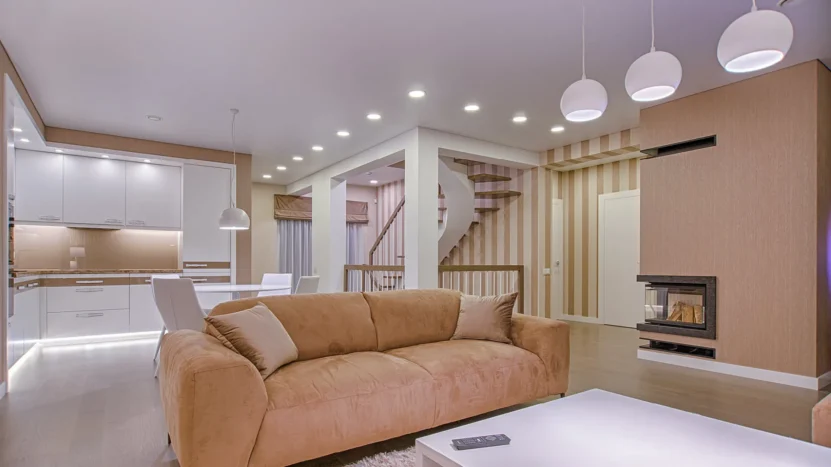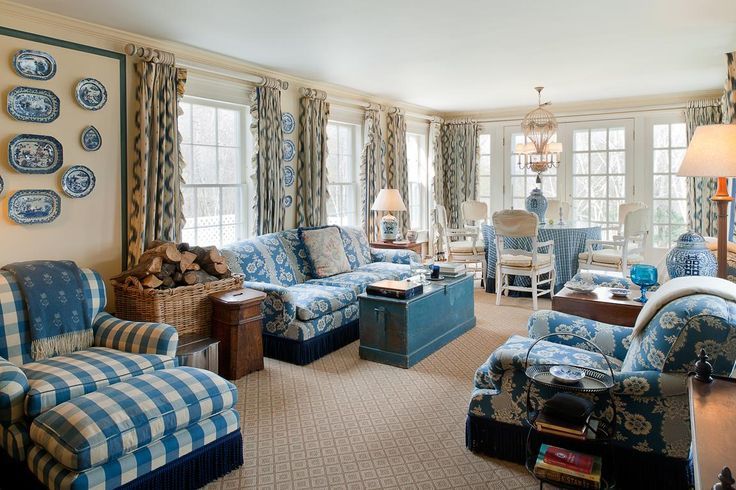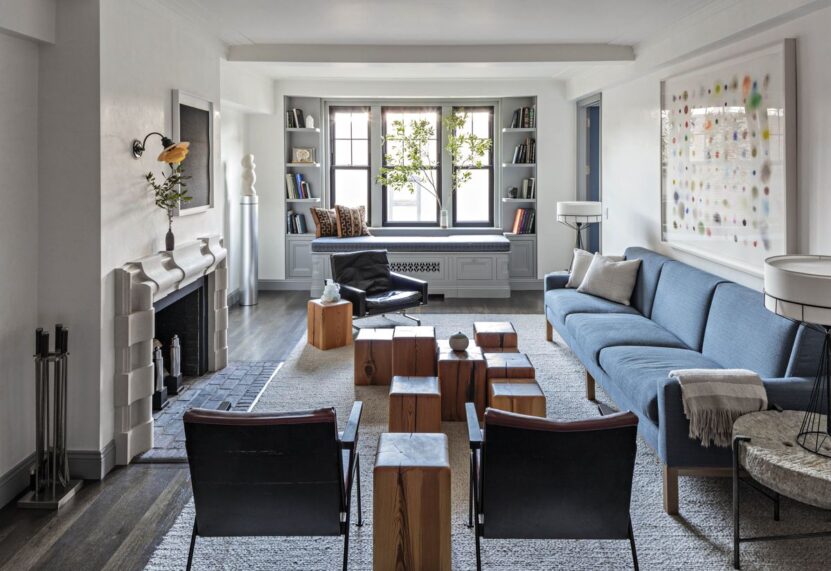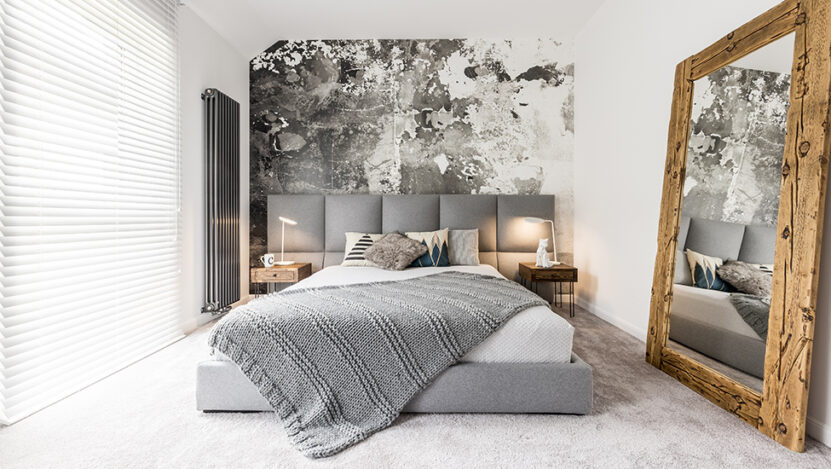Over the years, we have seen a fair share of design mistakes that can make a room look unappealing and uninviting. While everyone has their own style and preferences, certain design don’ts can be noticed immediately by anyone. In this post, we will be sharing seven common design mistakes that interior designers notice immediately.
Poor Lighting

Lighting is one of the most important elements of interior design. When it comes to your living room, interior designers say you should never sacrifice comfort for style. A poorly lit room can make even the most beautiful space look dull and uninviting. When designing a room, it is important to consider the natural light sources as well as the artificial lighting. If natural lighting solutions are not an option for you, a room should have a combination of ambient, task, and accent lighting to create a warm and inviting atmosphere. Ambient lighting provides overall illumination; task lighting serves a specific purpose like reading or cooking; and accent lighting highlights certain features or objects in the room. Properly layered lighting can transform a dull and uninviting space into a cosy and welcoming one.
Cluttered Spaces
A cluttered space can make a room feel smaller and chaotic. It is important to keep the space organised and free of clutter. This can be achieved by incorporating storage solutions such as shelves, cabinets, and baskets. It is also important to avoid overcrowding a room with furniture. Each piece of furniture should have a purpose and contribute to the overall design of the room. Additionally, incorporating multi-functional furniture can help maximise space and reduce clutter. For example, a sofa bed can serve as both seating and a guest bed, while an ottoman with hidden storage can provide extra seating and a place to store blankets or magazines.
Too many patterns

While patterns can add visual interest to a room, too many patterns can be overwhelming and clash with each other. It is important to choose patterns that complement each other and create a cohesive look. A good rule of thumb is to choose one patterned piece as the focal point and keep the rest of the patterns subtle. Another tip is to mix patterns of different scales, such as a large floral print with a small polka dot, to add visual interest without overwhelming the eye. Additionally, incorporating solid colours into the outfit can help balance out the patterns and create a more harmonious look.
Ignoring scale and proportion
Scale and proportion are important elements to consider when designing a room. No matter how much you adore a certain piece of furniture, having too much of it can soon make your living space feel crowded and boring. A piece of furniture that is too large or too small for the space can throw off the balance of the room. It is important to choose furniture that is appropriate for the size of the room and the other pieces in it. Additionally, the colour and style of the furniture should complement the overall theme and colour scheme of the room. It is also important to consider the functionality of the furniture and how it will be used in the space.
Lack of colour

While a neutral colour palette can create a calming and sophisticated look, too much of it can make a room feel bland and uninviting. This is a mistake every homeowner makes. It is important to incorporate pops of colour to add visual interest and create a focal point. This can be achieved through accessories such as pillows, rugs, and artwork. Additionally, adding different textures can also help break up a monochromatic colour scheme and add depth to the room. Consider incorporating different materials like wood, metal, or glass to create a layered and dynamic look. Remember, a well-balanced colour scheme can make all the difference in creating a welcoming and visually appealing space.
Improperly hung artwork
A mistake we frequently see in most homes is art hung too high. This isn’t just on the living room sofa; it’s in general. Artwork is a great way to add personality to a room, but it is important to hang it properly. Artwork should be hung at eye level and centred on the wall. In most cases, the sweet spot for hanging art is eight inches or just above the average eye level, which is near 65 inches from the floor. It is also important to consider the size of the artwork in relation to the wall it is being hung on. If the artwork is too small for the wall, it can look lost and insignificant. On the other hand, if it is too large, it can overwhelm the space and make it feel cramped. Taking these factors into consideration will ensure that your artwork enhances the room’s aesthetic appeal.
Lack of personal touch

One of the biggest mistakes that homeowners make when designing their home is completely entrusting a designer or contractor without letting them know their style and requirements. A room should reflect the personality and style of the homeowner. A lack of personal touch can make a room feel generic and uninviting. It is important to incorporate personal items such as family photos, artwork, and souvenirs into the design of the room. This not only adds character to the space but also creates a sense of warmth and familiarity. Additionally, incorporating unique textures, patterns, and colours can further enhance the aesthetic appeal of the room.
In conclusion, these are seven common design don’ts that interior designers notice immediately. By avoiding these mistakes, you can create a beautiful and inviting space that reflects your personal style and personality. Remember to consider lighting, organisation, patterns, scale and proportion, colour, artwork, and personal touch when designing a room. If you need it, get the help of a reliable interior design company like D’LIFE Home Interiors. They can provide expert advice and guidance on how to make the most of your space and achieve your desired aesthetic. They can also help you source unique and high-quality furnishings and decor that will elevate your design to the next level. Happy decorating!
